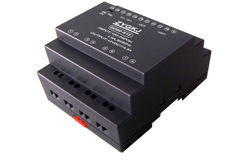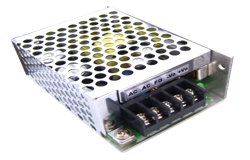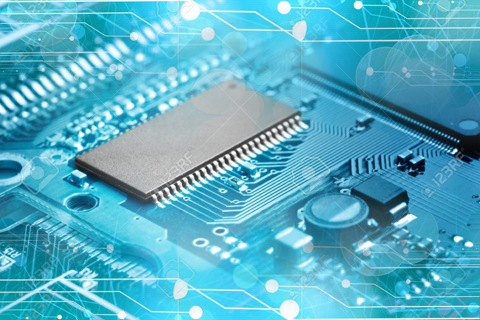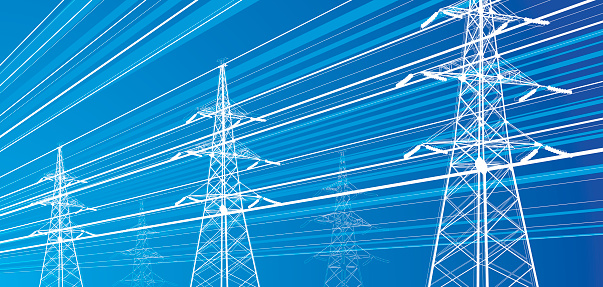About why would you use a ac dc converter
There are many reasons why you might need to use an AC to DC converter. Some common reasons include powering a device that requires DC power, or converting AC power to a form that is more suitable for your device. No matter what your reasons are, it is important to choose the right converter for the job.
How does an AC to DC converter work?
An AC to DC converter, or an inverter, takes the AC power from a wall outlet and converts it into DC power, which can be used to power devices like laptops and cell phones. The inverter does this by first converting the AC power into a pulsing DC signal. This signal is then fed into a transformer, which converts it into a higher-voltage DC signal. This signal is then passed through a bridge rectifier, which converts it into a pure DC signal. The DC signal is then filtered to remove any noise, and it is ready to be used to power devices.
Why would you use an AC to DC converter?
An AC to DC converter is used to convert alternating current (AC) to direct current (DC). This is useful for powering devices that require DC power, such as LED lights or a motor.
-How can an AC to DC converter be helpful?
An AC to DC converter can be very helpful when it comes to powering electronic devices. This type of converter can take the AC voltage from a wall outlet and convert it into a DC voltage that is suitable for powering devices like laptops and smartphones.


































